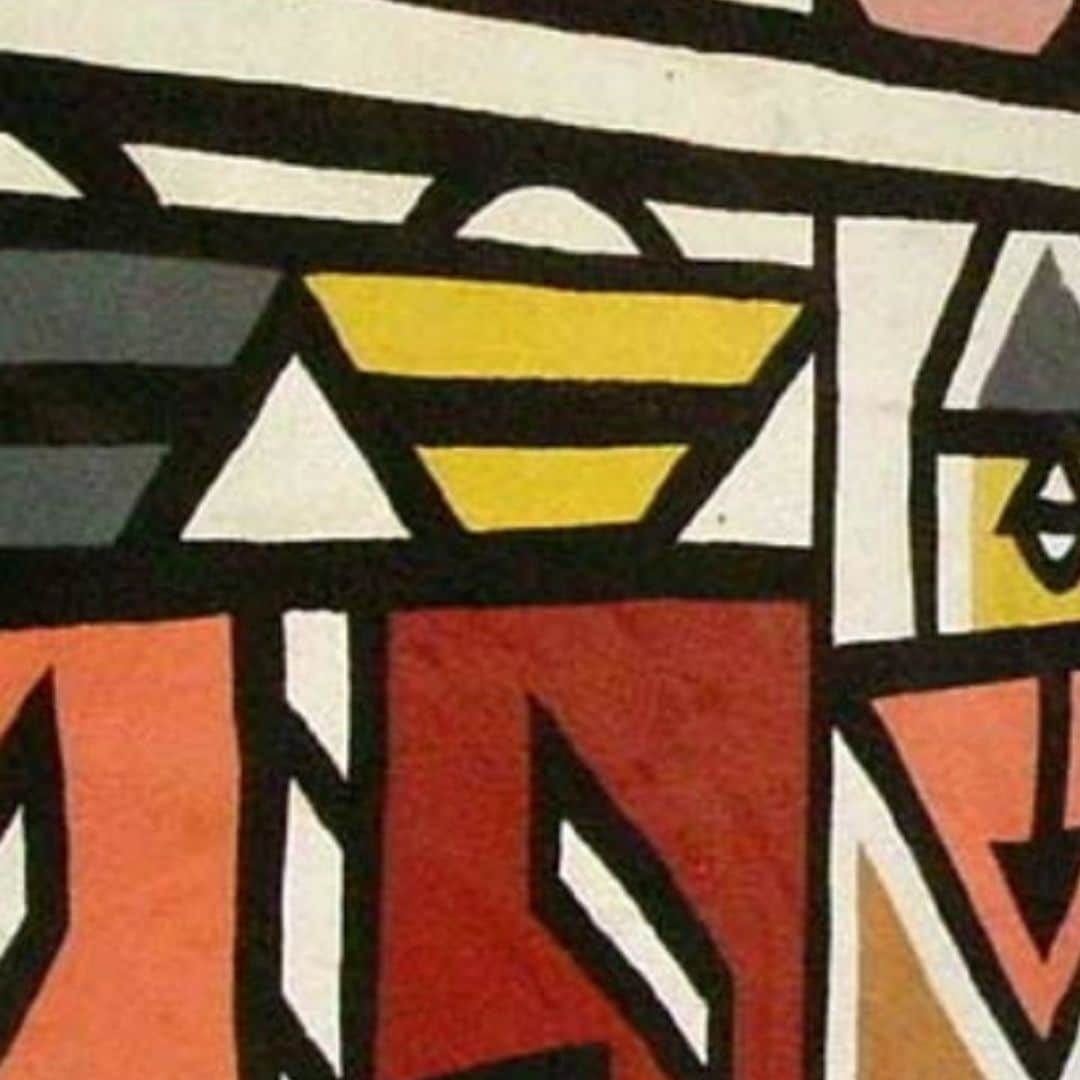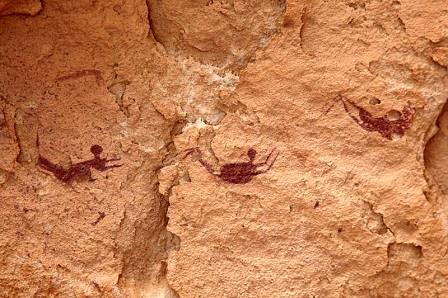
Bubalus Period
The african rock art in the Sahara is also a register of a historical time when the region appealed to animals that still exist today in sub-Saharan Africa.
There are antelopes, rhinos, giraffes, lions, elephants, ostriches, hippos and crocodiles, and the already extinct Bubalus, a wild species similar to bisons, which vanished from the face of the earth some 5000 years ago.
Thus, representations of Bubalus determine its date (over 5000 years) and are grouped in what scientists call the Bubalus Period.
Also from this period are representations of very large animals in contrast with tiny human figures.
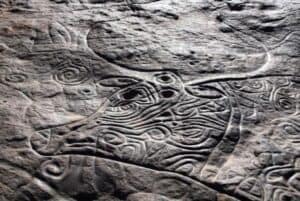 Petroglyph, Bubalus period, Tassili n’Ajjer, Algeria.
Petroglyph, Bubalus period, Tassili n’Ajjer, Algeria.
Pastoral Period
 The study of other pictographs and petroglyphs spread around the Sahara by archaeologists and art historians, helped to build a chronological sequence that shows a culture developed around animal domestication.
The study of other pictographs and petroglyphs spread around the Sahara by archaeologists and art historians, helped to build a chronological sequence that shows a culture developed around animal domestication.
Between 5000 and 2000 BCE, the Pastoral Period corresponds to a time of climate and social change.
Human figures get bigger and animals are mostly cattle herds although wild animals occasionally appear.
Horse Period
The Horse Period follows the Pastoral Period with representations of carriages and warriors when Egypt was already a powerful civilization.
Camel Period
Finally, around 2000 years ago, the Camel Period, when representations of this animal predominated showing its importance for the nomadic communities born out of desertification.
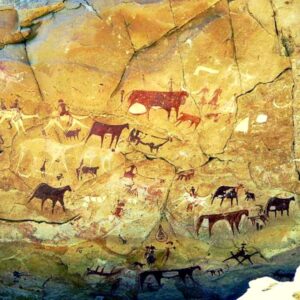 african rock art | Pastoral period (with camels added later), at the Manda Guéli cave, Ennedi mountains, Chad.
african rock art | Pastoral period (with camels added later), at the Manda Guéli cave, Ennedi mountains, Chad.
African art – online course about the history of art in Africa
During the course, you will learn about the history of African art , starting with rock art and those that are considered the first artistic manifestations of humanity until modern era and the influence of African art in European avant-garde artistic movements.

Manuela Tenreiro
PhD in History of Art at the School of Oriental and African Studies, I specialized in Arts and Cultures of the African Diaspora in 2008. Previously, I obtained a bachelor degree in visual arts and photography from San Francisco State University, while working as a docent at Diego Rivera’s Pan-American Unity mural (City College). Creator, editor and translator of the online publication conTRAmare.net while residing in Brazil between 2008 and 2017, I collaborated in various editorial and art education projects, as a writer, translator and researcher. In Rio de Janeiro, I attended Literary Translation courses and the Advanced Program of Contemporary Culture at the city’s Federal University. In 2017, I returned to my hometown, Lisbon, where I manage a private art studio with women artists and develop projects writing and translating art history projects.

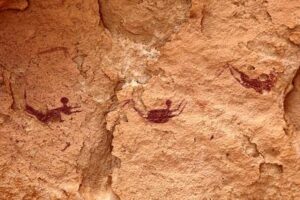 Divers cave, Wadi Sura, Egypt, 8000 years ago.
Divers cave, Wadi Sura, Egypt, 8000 years ago.